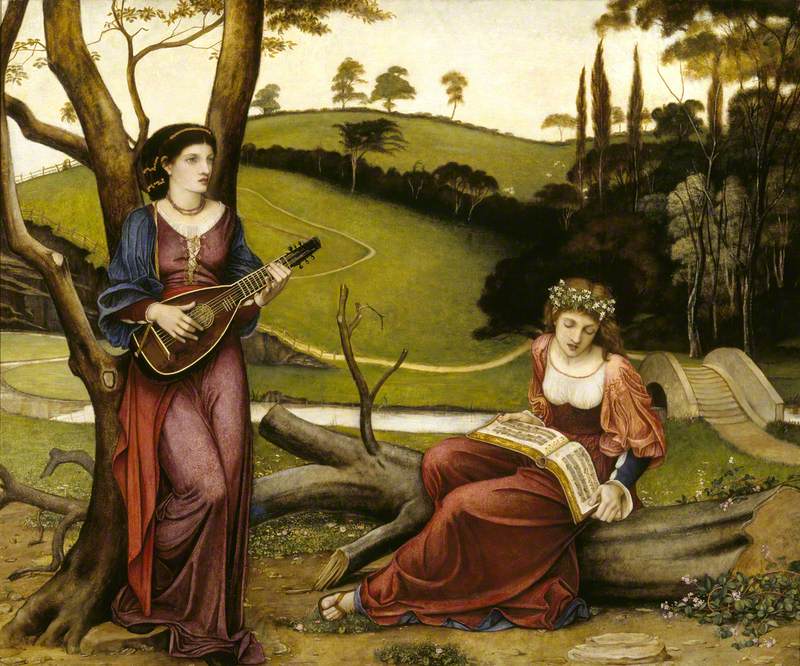
'The gentle music of a bygone day' 1873
John Roddam Spencer Stanhope (1829–1908)
National Trust, Wightwick Manor
1829–1908
British, English

'The gentle music of a bygone day' 1873
John Roddam Spencer Stanhope (1829–1908)
National Trust, Wightwick Manor